Pruning of oakleaf hydrangeas
georgia_transplant
15 years ago
Related Stories
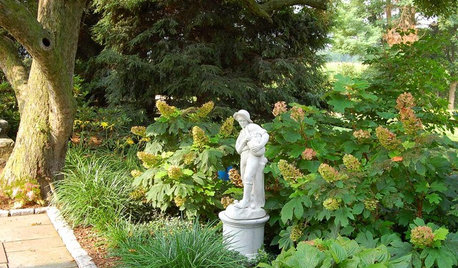
GARDENING GUIDESGreat Design Plant: Oakleaf Hydrangea
Consider this full, flowering shrub for year-round beauty in the garden as you plan your fall plantings
Full Story
WINTER GARDENINGPruning Secrets for Exquisite Roses
Encourage gorgeous blooms year after year with this time-tested advice on how to prune your rosebush in winter for health and shape
Full Story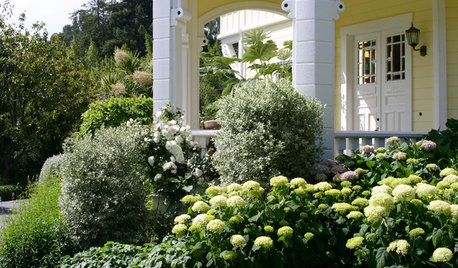
GARDENING AND LANDSCAPINGHave a Ball With Hydrangeas
Even if you don't tinker with the hue by changing the soil, hydrangeas have an entertaining range of uses in all kinds of landscapes
Full Story
GARDENING GUIDESCalifornia Gardener's June Checklist
Update your hydrangeas, catch up on tomatoes and more ways to enjoy your California garden in June
Full Story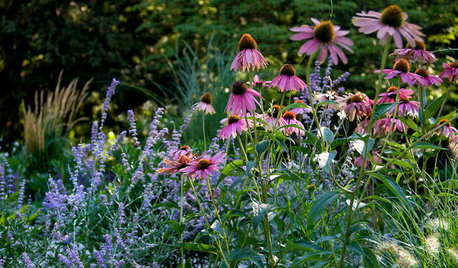
MOST POPULAREnjoy Your Summer Garden — Here’s What to Do in July
Our July gardening guides take the guesswork out of summer watering, pruning and planting. See our tips for your U.S. region
Full Story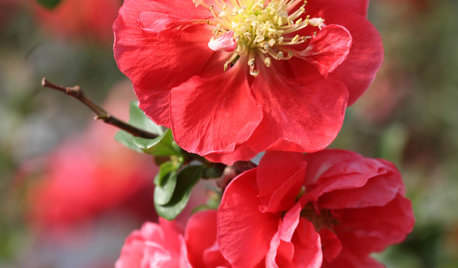
WINTER GARDENINGCalifornia Gardener's January Checklist
Winter-defying blooms and pruning saws earn a cheer, while California-focused gardening design books get a well-deserved shout-out
Full Story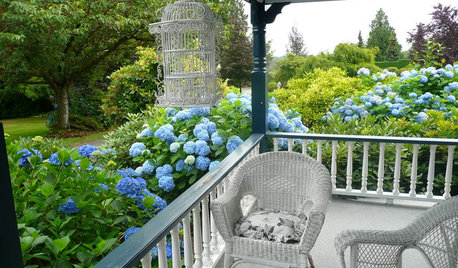
GARDENING GUIDESSummer Gardens Sing With Blues
When hot weather hits, bursts of blue keep the garden palette cool and calm
Full Story
NATIVE PLANTSGreat Design Plant: Wild Bergamot, Friend of Foragers
Nourish butterflies and other winged creatures with the tubular flowers of Monarda fistulosa, a pretty pink native
Full Story
TREES11 Japanese Maples for Breathtaking Color and Form
With such a wide range to choose from, there’s a beautiful Japanese maple to suit almost any setting
Full Story
LANDSCAPE DESIGNPretty Trees for Patios, Paths and Other Tight Spots
Choose trees for their size, shape and rate of growth — or shape them to fit your space. Here's how to get started
Full StorySponsored
More Discussions






razorback33
gardengal48 (PNW Z8/9)
Related Professionals
Kenmore Landscape Architects & Landscape Designers · Anderson Landscape Contractors · Maple Valley Landscape Contractors · Cicero Landscape Contractors · Hilton Head Island Landscape Contractors · Melrose Park Landscape Contractors · Red Oak Landscape Contractors · River Ridge Landscape Contractors · Irvington Landscape Contractors · Four Corners Landscape Contractors · Ferguson Landscape Contractors · Lincoln Siding & Exteriors · Highlands Ranch Siding & Exteriors · New Britain Siding & Exteriors · Panama City Siding & Exteriorsgeorgia_transplantOriginal Author